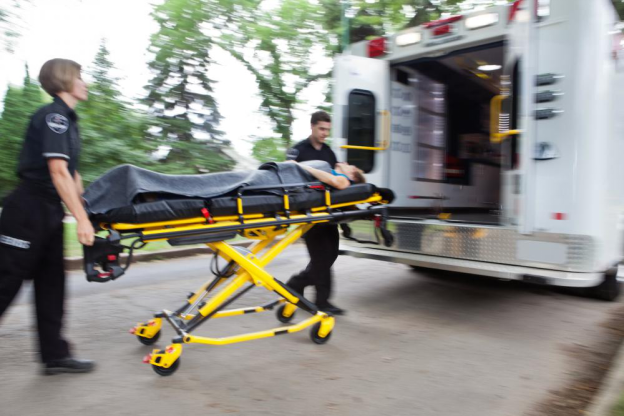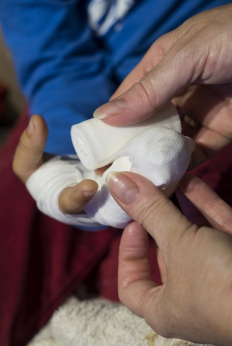Dealing with medical emergencies can be quite scary. It can be even more frightening if you aren’t prepared and don’t know what you need to do. According to a recent survey by the Canadian Red Cross, 36% of Canadians reported they have no one living in their home that has been trained in first-aid. With injuries being reported as the leading cause of death among the ages of 1 and 44-year-olds, this is very disturbing.
For an injured person, having someone who knows first-aid can make the difference between life and death or in some cases permanent disabilities. Being familiar with common first-aid procedures can help save precious lives in these situations.
Here are a few tips to help you deal with medical emergencies with confidence:
Keep A List Of Emergency Contacts:
The first thing you need to do is always have a list of emergency numbers in your phone and near your landline. These should include:
- The fire department
- Ambulance service
- Police
- Poison control
- Local hospital
- Family doctor
In addition to these, keep the number of your emergency contact person nearby at all times. With most emergency situations, you should call 911 before you attempt any first-aid yourself.
Have Basic Supplies Handy:
Make a basic first-aid kit for your home, work, and travel and try to update it at least twice a year. This should include:
- Pain killers
- Bandages
- Antibiotic ointments
- Antiseptic wipes
- Cold packs
- Hydrogen peroxide
- Scissors
- Thermometer
- Special medication for conditions including diabetes, allergies, blood pressure, etc.
If you live in an area that’s prone to natural disasters such as hurricanes or flooding, make sure you have plenty of drinking water, non-perishable foods, flashlights, and other essentials stored in case of emergencies.
Keep Calm:
The main thing that can often make a huge difference between disaster and success in an emergency is how you deal with the situation. Staying calm in a medical emergency can be very helpful.
Take deep breaths and count to 10 in your mind, while assuring yourself that you can handle any situation. Make sure you’re safe first and assess the situation for what you need to do. Tackle the most serious problems first, such as stopping the bleeding in case of an injury.
Try not to take bold steps before professionals arrive, such as moving the injured person. This can cause the injury to become worse and lead to bigger problems. Most importantly, don’t panic!
Learn Proper First Aid:
Emergency first aid trainers such as those at Metro Safety are endorsed and authorized by the Canadian Red Cross to teach basic first aid courses. They offer short courses for workplace safety, fall protection safety, health safety, and CPR courses in British Columbia, Canada. They arm you with the basic knowledge to perform emergency manoeuvres in case someone is choking, falling, or drowning. This can be quite handy especially if your workplace has a hazardous environment or you have children in the house.
Contact Metro Safety today to enrol in one of our first aid courses!








